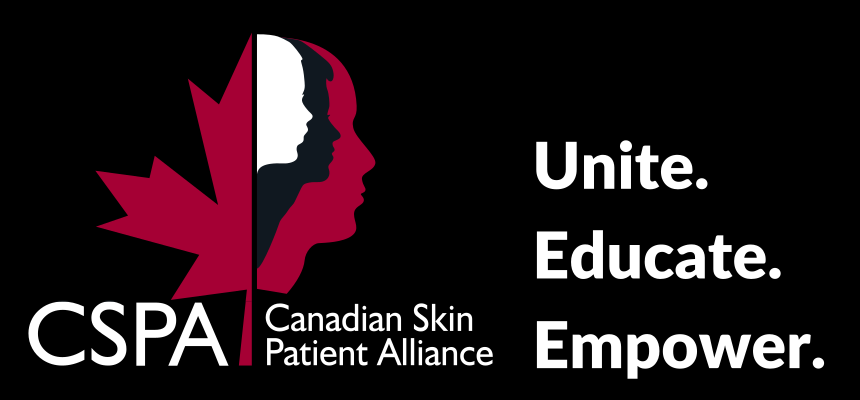Diagnosis and Treatment
Diagnosis
The following tests can be ordered by your clinician in order to accurately diagnose DM.
- Blood Tests: Various muscle enzymes will be seen as elevated in patients with DM. There will also be a higher level of myoglobin (oxygen-binding protein found in muscle tissue). Moreover, there will be an increase in immune cells known as autoantibodies.
- Electromyography (EMG): AN EMG test can be used to assess if your muscles are responding to the electric nerve signals properly.
- Muscle Biopsy: Muscle biopsies will be taken typically from the deltoid (shoulder) or triceps.
- Skin Biopsy: A small biopsy of the skin should be removed and thus can be assessed under a microscope to confirm the clinical impression of DM.
- Magnetic Resonance Imaging (MRI) scan: An MRI scan can be performed to identify areas of muscle that are most inflamed.
Treatment
The primary treatment method for DM is to take oral steroids. Steroids, specifically prednisone, can help decrease inflammation, improve muscle strength and preserve muscle function. Patients will typically be on prednisone for approximately one year, with higher doses in the first several months and a slow taper between 9 and 12 months. The slow taper is important as prednisone can cause your own body to produce less adrenal steroid.
If you cannot take steroids, or if the steroids are not helping enough, there are other medications available to take. These medications help to relax the immune system. The drugs of choice are azathioprine or methotrexate.
Itchiness is a common complaint of patients with DM. Your physician can provide you with a topical or oral medication to help decrease this sensation.
As mentioned previously, because the skin rash is very sensitive to light, it is important that patients use sunscreen liberally and have on sun-protective clothing (e.g., long-sleeved shirt, long pants, wide-brimmed hat). Also, medications should be taken to prevent the side effects of steroids.
If a patient is having difficulty eating, due to difficulty with swallowing or choking readily on food, several interventions can help reduce this issue including speech therapy advice, elevating the head of the bed, and semi-thick diets. A gastric feeding tube may be necessary to help protect the airways for some patients. Exercise and physical therapy should begin early in the treatment plan to maintain muscle strength.











